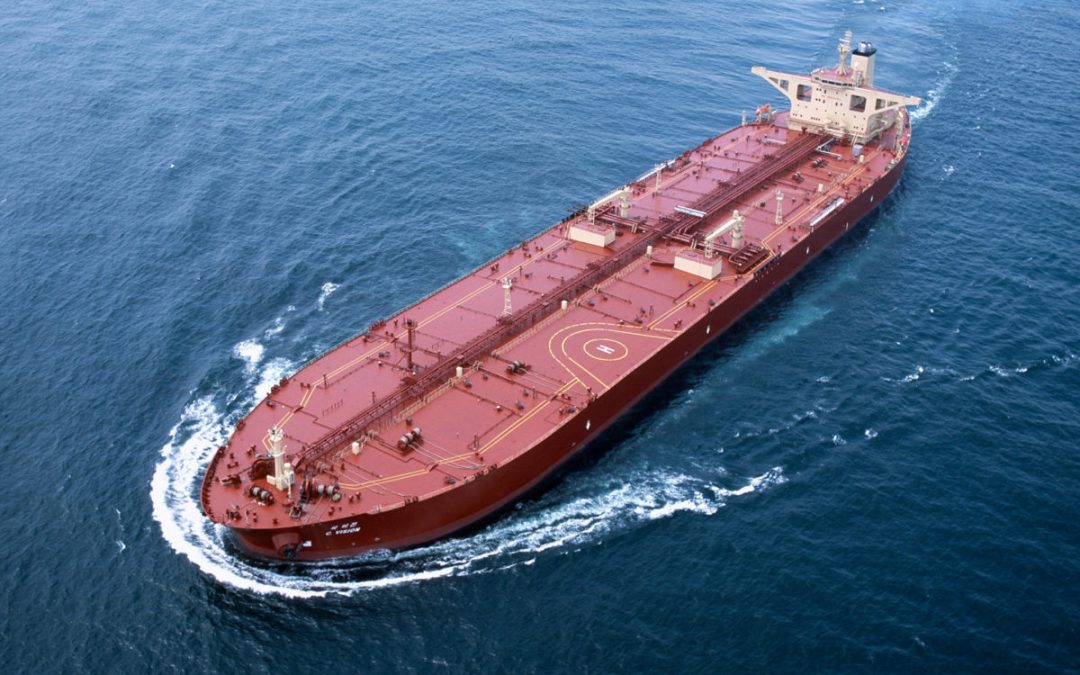The West African Very Large Crude Carrier market has seen a major spike in rates since the start of February, which sources attribute to a sudden clear-out of the tonnage pool in the Atlantic region, steady levels of under-the-surface fixing activity and support from strengthening rates in the Persian Gulf and Brazilian markets.
Platts, part of S&P Global Commodity Insights, assessed the rate for the 260,000 mt WAF-East route on Feb. 16 at $30.22/mt, its highest level in eight months and an increase of nearly $10/mt since the start of February.
“There’s a lack of vessels anywhere, and lots of US Gulf and WAF deals are happening off market,” a London-based VLCC broker said, arguing that cargo inquiry levels have not actually been as slow as they had seemed on the surface earlier in the month, with a lot of fixtures being settled privately.
“Many ships are missing due to going around the Cape of Good Hope, and there is a need for oil as stocks are down around the world,” a Europe-based VLCC owner said.
“I think everyone thought that with the Lunar New Year it would be very difficult to gather information, but the market certainly picked up from Tuesday [Feb. 13] onwards and the momentum grew,” a second London-based VLCC broker said, adding that “[tonnage] lists are extremely tight.”
The same broker said that the expected release of the Saudi stem list over the coming week could lend further support to the VLCC segment, although he would also expect charterers to attempt to “calm things down” in order to prevent rates from spiralling out of control.
Firming WAF-UKC VLCCs
Freight rates have also risen substantially for the WAF-UK/Continent VLCC market, a route which sees far less activity than for WAF-East VLCC voyages, with charterers preferring to send crude shipments to Europe on the smaller and less expensive Suezmax ship class.
Platts assessed freight on the 260,000 mt WAF-UKC route on Feb. 16 at $15.58/mt, its highest level since the end of October and an increase of nearly $5/mt since the start of February, S&P Global data showed.
The Worldscale premium between WAF-UKC VLCC over WAF-East VLCC is usually 5 points, but this differential can often widen if the market is firming. It is currently in the region of 10 points, but some brokers have called it at even higher levels than this, as the lack of a recent test and volatility in the wider WAF VLCC segment have led to a wider range of indications.
“It’s normally a smaller premium to WAF-East [for WAF-UKC], but in this market, I struggle to see how anyone would do [a WAF-UKC run],” a Europe-based shipbroker said.
Despite the rapid rise in WAF-UKC VLCC rates, upward movement in the much more liquid WAF-UKC Suezmax route has so far been less spectacular.
Platts assessed freight on the 130,000-mt WAF-UKC route on Feb. 16 at $18.64/mt, up from its Feb. 1 level of $17.4/mt, but down from the $23.61/mt level where it had stood for most of the first two decades of January, S&P Global data showed.
However, market participants said they expect Suezmaxes rates to pick up in line with VLCCs over the coming week.
“Suezmaxes are lagging too far behind VLCCs at the moment” a South America-based shipbroker said.
“The VLCC market has moved rapidly […] and it’s only a matter of time until the Suezmax market catches up,” the second London-based VLCC broker said.
Source: Hellenic Shipping News





